Right now, the world needs more creative problem solvers to reimagine our living spaces and build us a better tomorrow. The design space has witnessed momentous changes in the last few years - Covid-19 of course has had an everlasting impact on the way we live and work but so too has the intensifying climate crisis.
People are spending more time working from home, but living outdoors with offices all but abandoned, city centres virtual ghost towns and green living now firmly front and centre. Designing sustainable buildings that create positive change encompasses so much more than just their mere bricks and mortar though. It means revolutionising the way our homes and cities look, feel, sound and even smell. After all, Winston Churchill did once famously say “we shape our buildings, thereafter they shape us.”
New ideas that are kinder to the environment and alternative ideologies that challenge the status quo and have the future in mind need to be fashioned, ideally from fresh homegrown talents who are both passionate and accustomed to the ever-changing world around them.
It means inspiring a new breed of urban designers, architectural professionals and interior designers who will play a central role in South Africa’s rapid urbanisation. Already more than 60% of South Africans live in urban areas and the figure is predicted to rise by 10% come 2030. By 2050, eight in 10 people are expected to be living in urban areas.* Yet, the entry requirements to qualifications in the architecture field has always been tough, often with a solid pure maths pass as prerequisite.
As a tertiary education provider, STADIO has their eyes and ears firmly to the ground and knows South Africa’s graduate supply and demand challenges well. Starting in January 2023, they’ll be introducing two new one-year programmes under STADIO School of Architecture and Spatial Design that will gear up the labour force to meet this requirement head on.
The first is a Higher Certificate in Architectural Practice, endorsed by The South African Council for the Architectural Profession (SACAP) and the second programme is a Higher Certificate in Spatial Design which has the backing of the African Institute of the Interior Design Professions (IID).
“We are incredibly excited to be able to offer these programmes which both have a strong vocational focus that offer students real workplace skills. The Higher Certificate in Architectural Practice helps develop the necessary skills required to enter the field of architecture at the level of a draughtsperson and is also a fantastic steppingstone for those wanting to further their academic qualifications in the architectural profession. The Higher Certificate in Spatial Design prepares students for a career way beyond that of a Decorator. It gives students the opportunity to explore transitional areas that would not normally be addressed in traditional decorating qualifications,” explains Marga de Vos, coordinator at STADIO School of Architecture and Spatial Design.
In a bid to help strip away the barriers to entry, the entry requirements for the Higher Certificate in Architectural Practice won’t call for a pass with both pure maths or art although English is still a prerequisite.
“By eliminating barriers to entry like a matric pass mark in pure maths and adding more depth to our courses, we can ensure that our inspiring design industry is open to even more talented individuals. To bridge this barrier, the qualification includes math literacy in a module which will address the mathematical applications expected of a draughtsperson and designer. With a strong focus on sustainability and social awareness, not only will they be able to pursue a lucrative and rewarding career in architecture and design but can proudly say that they have positively contributed to a greener, cleaner, and more efficient South Africa after graduation,” concludes de Vos.
DATE: November 2022 | DISCLAIMER: The content of this blog is accurate at the time of publication. STADIO reserves the right to change the content due to changes in legislation, as well as for market requirements and other reasons.

